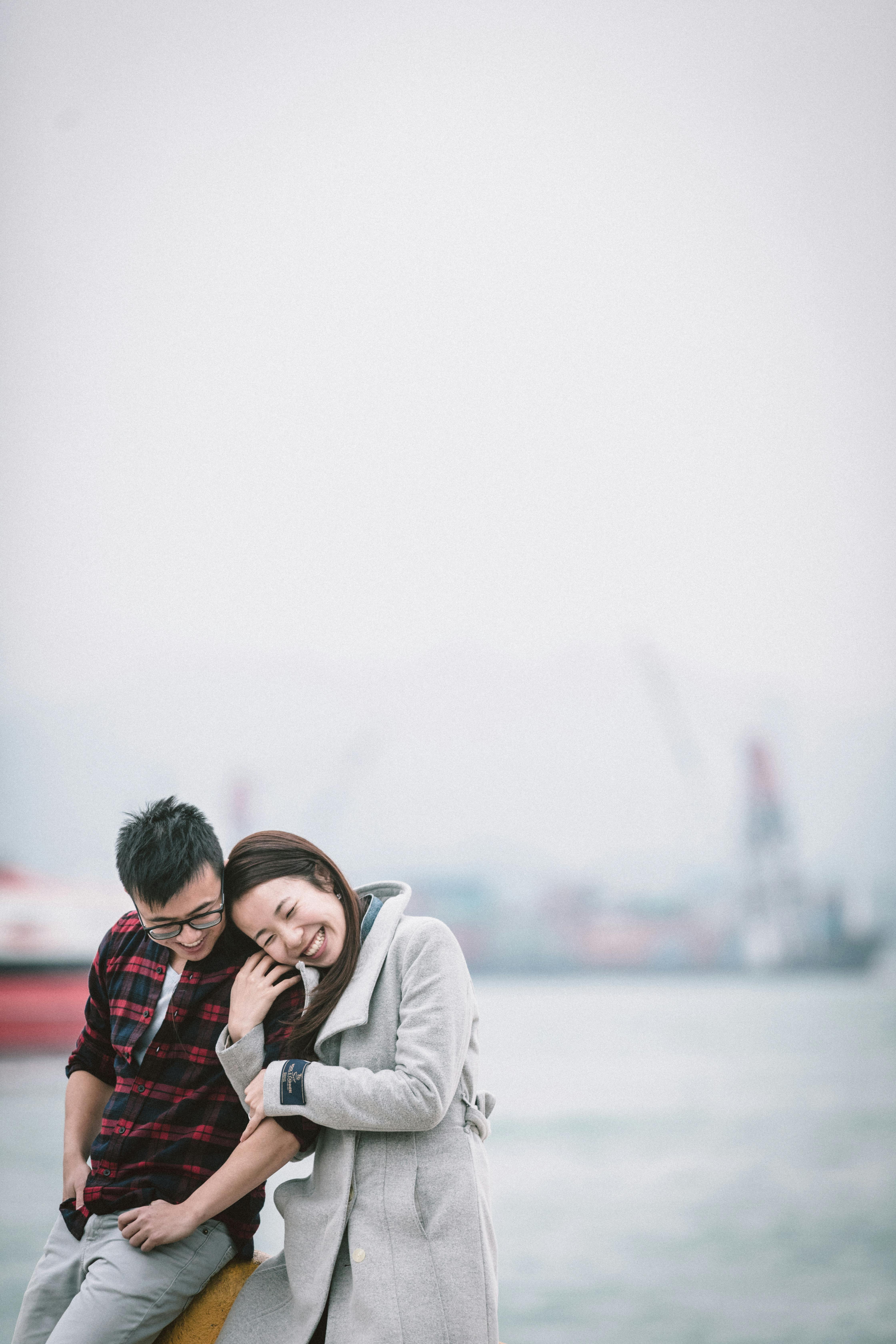In the Philippines, bridal customs may differ depending on the region, church, and ethnicity. For instance, some spouses make a particular slippery rice cake or perform traditional religious rituals. Numerous couples offer something akin to a rehearsal dinner for their visitors in a more contemporary environment https://www.chihulygardenandglass.com/.
Filipinos likewise have ceremony sponsors or “aunties and brothers,” although the majority of people did have a maid of honor. These special visitors are known as the “ninang” or “ninong” for the bride, “ninong” for the wedding, and “ninong” for the bridegroom. They participate in ceremonia, including coin ceremonies, veil ceremonies, and rope ceremonies with candles.
In the Philippines, seeking familial approval is a major part of the ceremony custom. In front of the rest of the wedding guests and occasionally even the priest, the ninang or ninong gently touch their parent’s hand to their own forehead, although this is n’t always done during the ceremony itself. They are acknowledging that they are giving their daughter to their mate and show appreciation for their kids.
The pamamanhikan is another significant marriage meeting. This crucial stage of a betrothed child’s relationship is significant because it embodies the man’s commitment to his forthcoming wife’s wedding to her home. The girl’s home accepts his plan after that.

A well-known image in Philippine weddings is the aras or arrhae. It is a marriage jewelry with thirteen coins, which represent the couple’s fine health, wealth, and luck filipino cupid. It is typically held by a adorable penny carrier. During the ceremony, the wedding places the aras or arrhae on the princess’s finger.


